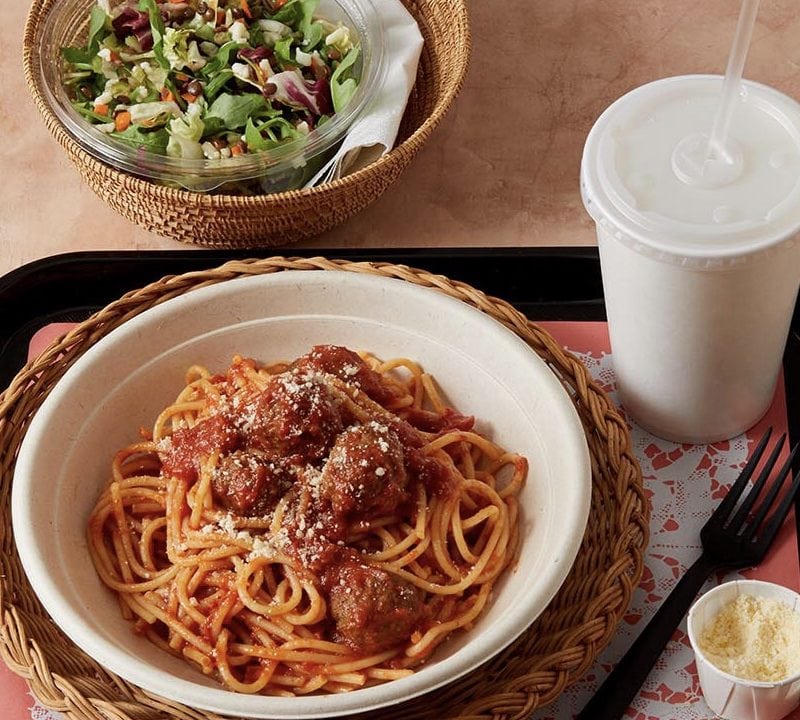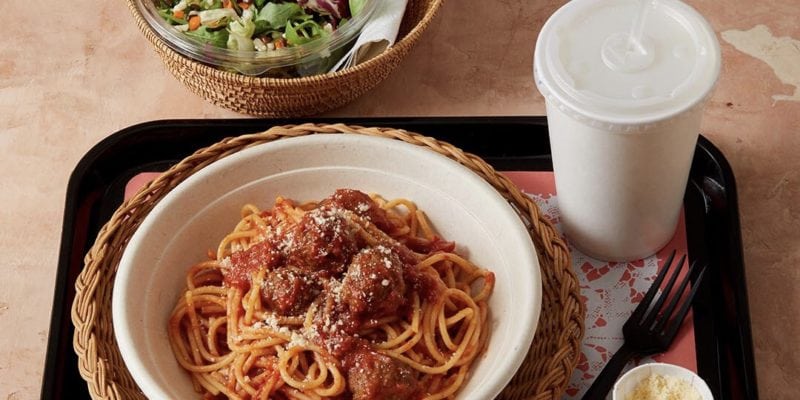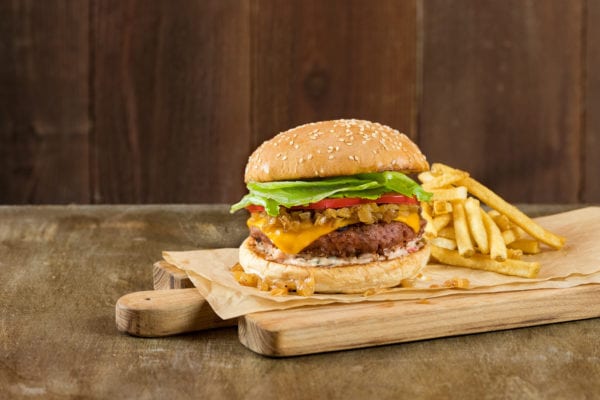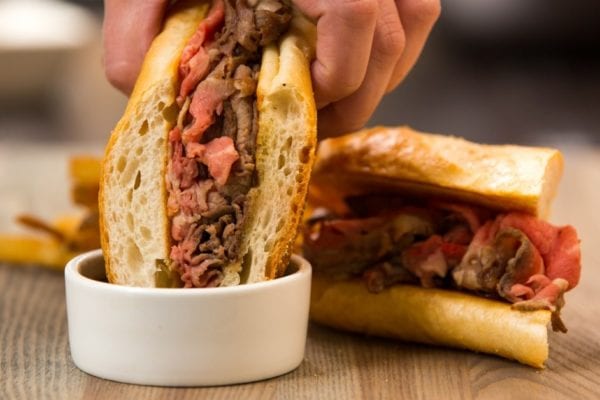Skift Take
The challenge for fast-casual concepts in New York is that the $12+ bowls and plates that are being served up are competing on uneven playing fields. The VC-backed ones allow concepts to get prime real esatate and subsidize losses. We hope these fast-casual plates can stand on their own.
— Jason Clampet
If there’s one food that’s timeless, it’s pasta.
In the classic sense, yes, but also in that it can take no time at all to prepare, making for a logical next entry in the fast-casual restaurant movement in New York. Notable chefs—veterans of highly lauded Italian restaurants—are now serving speedy versions with top-quality ingredients; so are teams from other parts of the quick service world.
To trace the pasta revolution, look to U.S. fine dining. From Lilia in New York to Chicago’s Monteverde and Felix Trattoria in Los Angeles, consumers are bucking gluten-free concerns for toothsome bowls of pink peppercorn mafaldini and pesto trofie. Food Business News reports that pasta consumption worldwide was on the rise in 2017, for the second year in a row.
Of course some entrepreneurs would recognize the low margins that pasta offers (even the highest-quality product is cheap, compared to most proteins) with its quick cooking capabilities. What separates these places from, say, an Olive Garden or a New York deli lunch special is that the pastas are not pre-cooked. What makes the concept viable for a fast-casual restaurant is that the sauces can be; most benefit from being made ahead.
Mitchell Davis, executive vice president of the James Beard Foundation, argues that at its roots, pasta is fast food. “Pasta was originally a street food in Naples, where the Neapolitans were and still are called (derogatorily) Mangia Macharoni, the pasta eaters. The tradition is still alive. You can still go to parties near Naples, and find places where they’ll mix a giant cacio pepe in a tablecloth and then eat it with their hands. That invariably happens late-night,” he says.
Davis is anticipating the imminent arrival of Pastaficio Di Martino, the century-old pasta company from Naples, which is scouting locations around the city, including Chelsea Market. At its shops, Di Martino, which last year partnered with Dolce & Gabbana to create stylish packages, sells 125 shapes and serves diners at an elegant pasta bar. There are also take-out windows, so customers can eat pasta al Pomodoro on the run. “The key thing here is they are reclaiming this street food past, in a new way,” says Davis.
Di Martino will join an increasingly crowded field in New York. In late 2017, Pasta Flyer was opened by James Beard Award-winning chef Mark Ladner. He formerly ran the kitchen at New York’s grand Italian restaurant Del Posto. Pasta Flyer’s spaghetti and meatballs with marinara sauce, fettuccine with creamy Alfredo sauce, and organic fusilli in pesto are all made in the amount of time it takes to order, and none costs more than $8.75. The pasta itself, flash-frozen with a procedure from the 1950s that’s used for vegetables, cooks in exactly three minutes.
Another place that can fill a pasta order in less than five minutes is the Sosta. The restaurant in Manhattan’s SoHo is the newest enterprise from the team behind the popular vegan chain, By Chloe. Chef Ali LaRaia found inspiration in the €5 ($5.91) spaghetti she ate while road tripping around Italy. “I came back to New York, and if I wanted a bowl of pasta, I had to make a reservation and spend $25. It was ridiculous,” she says.
LaRaia created a concept based on fresh pasta that cooks in less than two minutes and teamed up with Esquared’s creative director, Samantha Wasser. “It’s so obvious that quick pasta is the perfect vehicle for fast-casual,” says LaRaia. “It’s so cheap: flour and water. And it cooks so quickly.”
At the Sosta, shapes such as gemelli are made in-house, using an extruder; nothing costs more than $13. The most popular is the pumpkin-shaped zucca vodka, with a sauce of tomato, cream, and the eponymous spirit. There are 16 pasta-cooking baskets in action at any time. LaRaia confirms plans to expand in the city—and possibly, in the U.S.
Nearby the Sosta in SoHo is the reopened Italian spot, Coco Pazzo, from veteran chef Pino Luongo, whose former empire included il Cantinori and Sapore di Mare in Long Island’s Hamptons. (He’s also known as the chef who fired Anthony Bourdain.) For the first time, Luongo is promoting fast-casual, via the take-out shop Coco Pazzo Kitchen, where spaghetti alla vongole and tagliatelle all Bolognese is ready in 10 minutes. Luongo says he designed the space to optimize pasta preparation: One person oversees the boiling, and two others are responsible for sauces. A Coco Pazzo best-seller is the bucatini cacio e pepe: “That’s the pasta that takes the longest to cook, and that’s eight minutes total,” says Luongo.
I decided to test the dish and the premise. It took a few seconds more than 10 minutes to be handed a cardboard container of the tubular strands, which came in a thick pepper butter sauce with a plastic fork and knife. If it was a bit too al dente, the dish was steaming hot and as good as most of the cacio e pepe in New York.
If you want a better version, walk next door to the Coco Pazzo dining room and order the exact same dish for the same price ($14). It took about 15 minutes to arrive at the table, a shallow bowl with a twirl of glistening noodles. The bucatini was perfectly cooked, bathed in sauce with the cheese melted in. It was well worth the five additional minutes—and what’s more indulgent than lingering over a bowl of pasta?
Pasta Flyer’s Ladner is on the same page. He’s discovered that most people have a romantic conception of what a pasta experience should be. “It will never be the next pizza. New Yorkers—as cosmopolitan as they are—seem to want their pasta to be in a Tuscan countryside package,” he says. As a result, he’s in the process of tweaking the design for his spare space, with real flatware and china.
“We’re going to elevate the hospitality. Because people don’t just want pasta, they want an experience.”
©2018 Bloomberg L.P.
This article was written by Kate Krader from Bloomberg and was legally licensed through the NewsCred publisher network. Please direct all licensing questions to [email protected].
![]()






